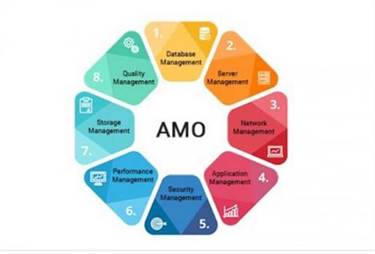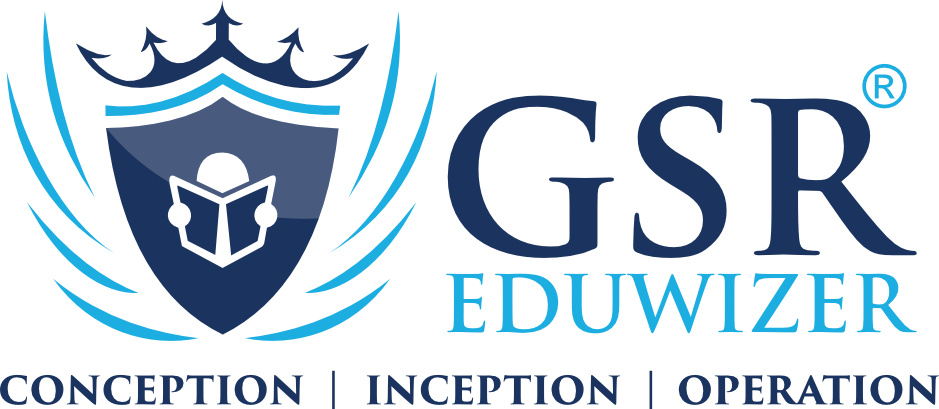- 03/11/2022
- GSR Digital
- Software development
- No Comments
The spiral model combines the iterative model’s small repeated cycles with the waterfall model’s linear sequential flow to prioritize risk analysis. You can use the spiral model to ensure software’s gradual release and improvement by building prototypes at each phase. The iterative process suggests that teams begin software development with a small subset of requirements. Then, they iteratively enhance versions over time until the complete software is ready for production.

One big disadvantage here is that it can eat up resources fast if left unchecked. The Agile SDLC model separates the product into cycles and delivers a working product very quickly. Testing of each release feeds back info that’s incorporated into the next version. According to Robert Half, the drawback of this model is that the heavy emphasis on customer interaction can lead the project in the wrong direction in some cases.
The Ultimate Guide to Understanding and Using a System Development Life Cycle
A life cycle model represents all the methods required to make a software product transit through its life cycle stages. It also captures the structure in which these methods are to be undertaken. Central to the creation of a new information system is the analysis of the public health agency’s business processes that the information system must support. Each SDLC model offers a unique process for your team’s various project challenges.

Vendors such as Oracle, Airbrake, and Veracode provide software development solutions in their complete enterprise software offerings. Many of these vendors also have a strong focus on identifying and de-bugging systems that may support the process of testing in software development life cycles. In many cases, SDLC teams utilize a variety of software solutions to support the varying stages.
The Big Bang Model
In other words, it defines the necessary steps needed to take a project from the idea or concept stage to the actual deployment and further maintenance. The systems development life cycle (SDLC) was the primary conceptual basis for planning in this era. The SDLC for information systems evolved from the basic life cycle notion for complex systems.
- Project and program managers typically take part in SDLC, along with system and software engineers, development teams and end-users.
- It lacks the thorough requirements definition stage of the other methods.
- Application performance monitoring (APM) tools can be used in a development, QA, and production environment.
- All parties agree on the goal upfront and see a clear plan for arriving at that goal.
- By making access to scientific knowledge simple and affordable, self-development becomes attainable for everyone, including you!
- So rather than creating a timeline for the project, agile breaks the project into individual deliverable ‘time-boxed’ pieces called sprints.
Project managers in charge of SDLC need the right tools to help manage the entire process, provide visibility to key stakeholders, and create a central repository for documentation created during each phase. One such tool is Smartsheet, a work management and automation platform that enables enterprises and teams to work better. The SDLC process consists of seven phases, including planning, design, testing, and maintenance.
Secure Working Practices
Other steps which may appear include project initiation, functional specifications, detailed specifications, evaluation, end-of-life and other steps that can be created by splitting previous steps apart further. Many of these models are shared with the development of software, such as waterfall or agile. Numerous model definition of systems development life cycle frameworks can be adapted to fit into the development of software. As you can see, different methodologies are used depending on the specific vision, characteristics, and requirements of individual projects. Knowing the structure and nuances of each model can help to pick the one that best fits your project.
Modular design reduces complexity and allows the outputs to describe the system as a collection of subsystems. System assessments are conducted in order to correct deficiencies and adapt the system for continued improvement. During this stage of the system lifecycle, subsystems that perform the desired system functions are designed and specified in compliance with the system specification. In dynamic testing, also called black-box testing, software is tested without knowing its inner functions. In DevSecOps this practice may be referred to as dynamic application security testing (DAST) or penetration testing.
Agile Crystal Method explained
It acts as the foundation of the whole SDLC scheme and paves the way for the successful execution of upcoming steps and, ultimately, a successful project launch. A configuration management system shall be implemented during development and implementation. The Forensic Laboratory configuration management process is defined in Chapter 7, Section 7.4.5. The IT Manager, and other stakeholders as appropriate, shall review the completion of major phases of the system and provide formal sign-offs that make them personally liable and accountable for the development. Any Forensic Laboratory employee that is involved in software development shall have the appropriate training, experience, and qualifications for the required development work. These standards should be used within the context of the Forensic Laboratory’s Secure System Development Life Cycle.

These days, many people are successfully pivoting or switching their careers from education, the service industry, and more to coding and development. They may complete bootcamps or earn professional certificates online such as IBM’s Full Stack Cloud Developer. Maintenance involves updating an existing software product to fix bugs and ensure reliability.
Other methodologies combined with System Development Life Cycle
This includes conducting interviews, studying existing processes, and identifying stakeholders’ needs. The gathered information serves as a basis for designing a system that meets users’ expectations and addresses organizational challenges. This step involves decomposing the system into pieces, analyzing project goals, breaking down what needs to be created, and engaging users to define requirements. Object-oriented analysis and design (OOAD) is the process of analyzing a problem domain to develop a conceptual model that can then be used to guide development. During the analysis phase, a programmer develops written requirements and a formal vision document via interviews with stakeholders. Every hardware or software system will go through a development process which can be thought as an iterative process with multiple steps.

Furthermore, small bugs that were not found during testing can make an appearance later on. This means, among other things, that data and components from the old system must be moved to the new system. It’s easy to identify and manage risks, as requirements can change between iterations. However, repeated cycles could lead to scope change and underestimation of resources. Fundamentally, SDLC trades flexibility for control by imposing structure. It is more commonly used for large scale projects with many developers.
Benefits of the Systems Development Life Cycle
Customers in remote rural areas are finding difficulty to access the bank services. It takes them days or even weeks to travel to a location to access the bank services.
